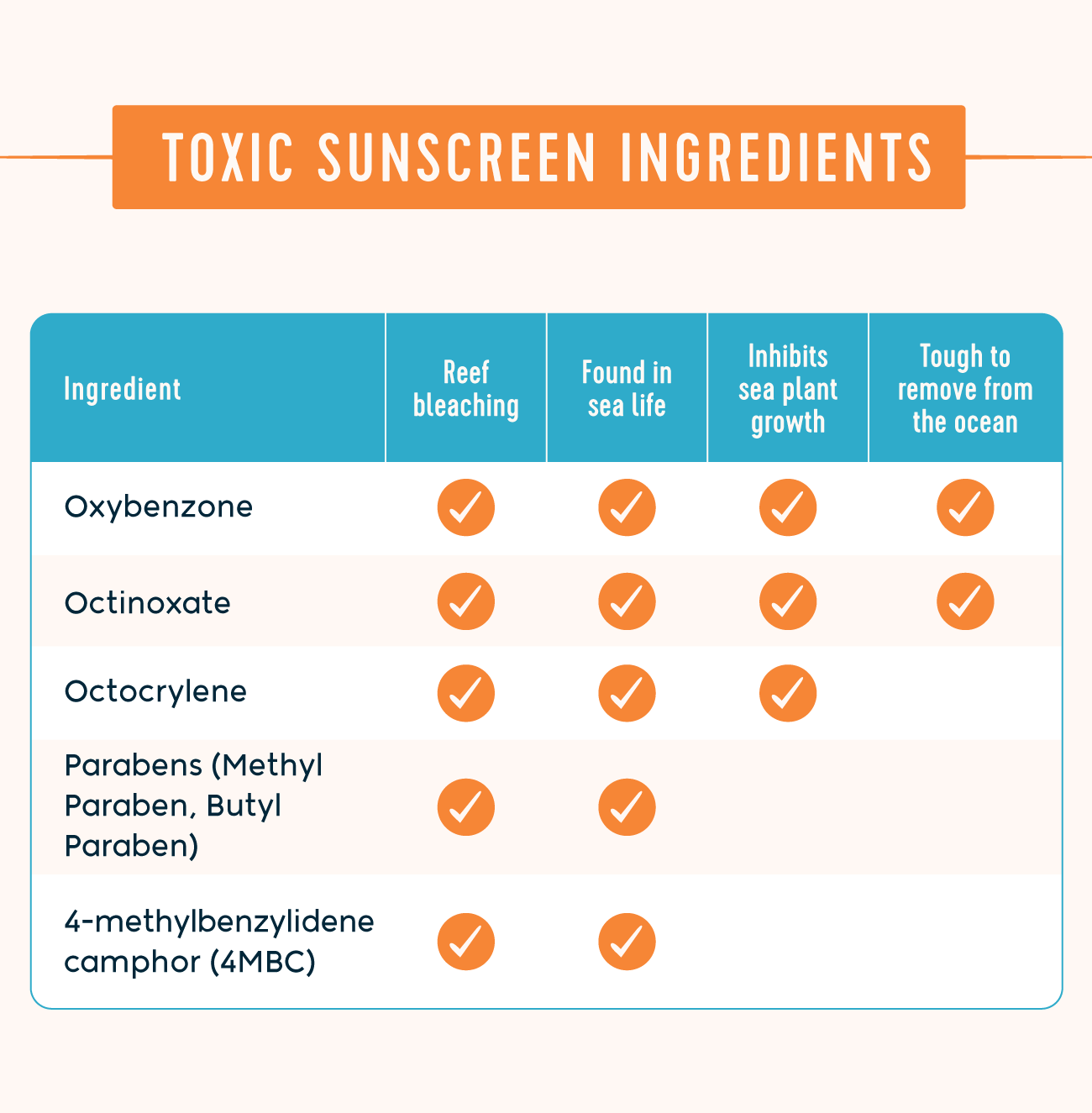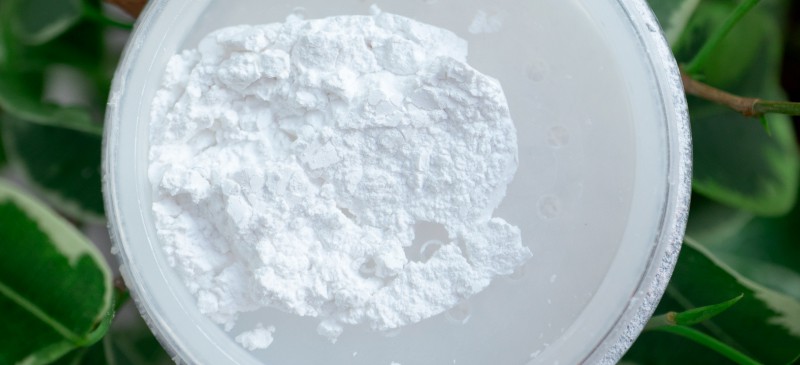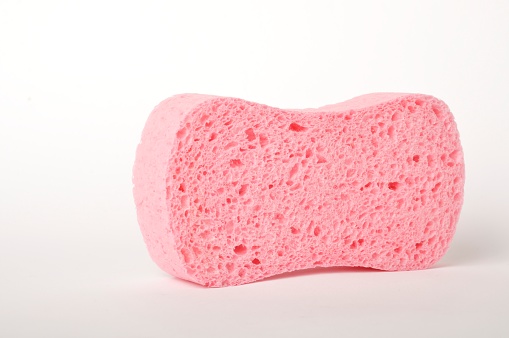
Mineral vs Chemical Sunscreen: What's the difference?
October 26, 2021
Let us start off by saying that wearing sunscreen is a daily essential. Even if you are indoors all day. Research has shown that sunscreen not only reduces skin cancer risk but also helps to prevent premature skin ageing caused by ultraviolet (UV) rays from the sun. In short, you need to wear sunscreen every day if you want your skin to stay youthful and healthy.
Sunscreen options may seem endless, with many different brands, formulas and ingredients to sift through. We are here to help you decode the label and highlight the most common ingredients in sun care products found out in the wild!
We have to first introduce the 2 main types: MINERAL VS CHEMICAL
MINERAL - a Million Mirrors
Think of these as sunscreens with little mirrors that sit atop your skin reflecting ultraviolet radiation away from your skin. The mirrors are made up of ingredients like titanium dioxide or zinc oxide. They're also known as physical sunscreens.
Main active ingredients: Titanium Dioxide and Zinc Oxide
Titanium Dioxide Natural metal element that's also used as a white pigment in food colouring and skincare.
Zinc Oxide It is an odourless, white powder that is naturally occurring in the mineral zincite. Commonly used to treat minor skin irritation and helps to form a physical barrier to block out UV rays. In fact, zinc oxide is the active ingredient in many diaper rash products to soothe and protect baby's skin.
Efficacy: Immediate.
Works immediately upon application and lasts longer in direct sunlight, meaning they require less frequent reapplication compared to chemical sunscreens. However, according to Hopkins Medicine, it is still advisable to reapply sunscreen every 2 hours if you are outdoors.
Pros:
Safe for skin - Titanium Dioxide and Zinc Oxide are the only two ingredients the Environmental Working Group has deemed safe for use and effective at protecting the skin from UV damage. These sunscreens are gentle enough for children, pregnant and breastfeeding mothers, and those with sensitive skin.
Environment - Research also shows that non-nano mineral sunscreens do not cause coral bleaching and are safe for marine life. (Studies have found that compounds in chemical sunscreen products can cause abrupt and complete bleaching of hard corals, even at extremely low concentrations. More on this below)
Cons: These sunscreens tend to feel thicker and leave a white cast appearance, which can be more obvious on darker skin tones. The key to reducing the white cast effect is to ensure that your skin is well moisturised before application, or get a tinted one. We have both options for you!
CHEMICAL - the Solar Sponge
Chemical sunscreens work like a sponge in absorbing the sun's rays, turn them into heat, and then release the heat through the skin. Due to the deeper absorption of its active ingredients, this type of sunscreen can potentially irritate sensitive or acne-prone skin. Chemical sunscreens have also been shown to have some adverse environmental effects.
Main Active Ingredients: Oxybenzone, Avobenzone, Octisalate, Octocrylene, Homosalate, or Octinoxate
We are particularly concerned about the lack of awareness of the potential toxicity of these ingredients that are so commonly found in products that are readily available in every pharmacy and supermarket. But don't take it from us, read the full report by Environmental Working Group. Here is an excerpt:
"The ingredients oxybenzone, octinoxate, octisalate, octocrylene, homosalate and avobenzone are all systemically absorbed into the body after one use (Matta 2019, Matta 2020), according to studies published by the FDA, which also found that they could be detected on the skin and in the blood weeks after no longer being used (Matta 2020). Previous studies detected many sunscreen ingredients in breast milk and urine samples (Schlumpf 2008, Schlumpf 2010). In addition, it’s possible for sunscreen users to inhale ingredients in sunscreen sprays and ingest some of the ingredients they apply to their lips, so the ingredients must not be harmful to the lungs or internal organs."
Efficacy: Minimum 30 minutes before exposure to the sun. As this gets absorbed into your skin, it is recommended to reapply every 2 hours.
Pros: These creams are usually thinner and feel extremely lightweight. Because of this, they are very commercially popular in traditional sunscreens.
Cons:
Higher risk of skin sensitivity - Studies have found that the key ingredients in chemical sunscreens can cause relatively high rates of skin allergies, exacerbating dermatitis and eczema conditions.

Potential health concerns - Female exposures to Oxybenzone and related chemicals have been linked to an increased risk of endometriosis (Kunisue 2012), while Avobenzone can disrupt the endocrine system and has been shown to block the effects of testosterone in cellular studies (Klopcic 2017).
Bleached corals in a published study. Read the short report here

Environment - The mounting research on the impact of these ingredients in chemical sunscreen on coral reefs and marine environments is hard to ignore, and even prompted countries such as Hawaii and Thailand to come up with absolute bans on the sale of sunscreens containing these ingredients.
Hawai‘i Senate Bill Bans Harmful Sunscreen Chemicals
Thailand bans coral-damaging sunscreens in marine parks
These 7 destinations are banning certain sunscreens

The good thing is that the awareness of the bad chemicals has grown significantly, and now many chemical sunscreens are leaving out these questionable ingredients. However, our take is that it is much safer in the long run to use a mineral sunscreen that just sits atop your skin like a mirror deflecting rather than absorb the rays of the sun. We recommend making an informed decision by reading up more resources online. Check out the EWG Sunscreen Guide if you want to geek out on all things sunscreen!
Speak to us if you want more information about how to protect your skin from the sun, and how to choose the right sunscreen for you. Take care in the meantime, and stay safe (in and out of the sun!)


/coral-bleaching-on-the-great-barrier-reef-in-australia-1214651199-afa0080ddcc44806968d0c129fd06a76.jpg)





